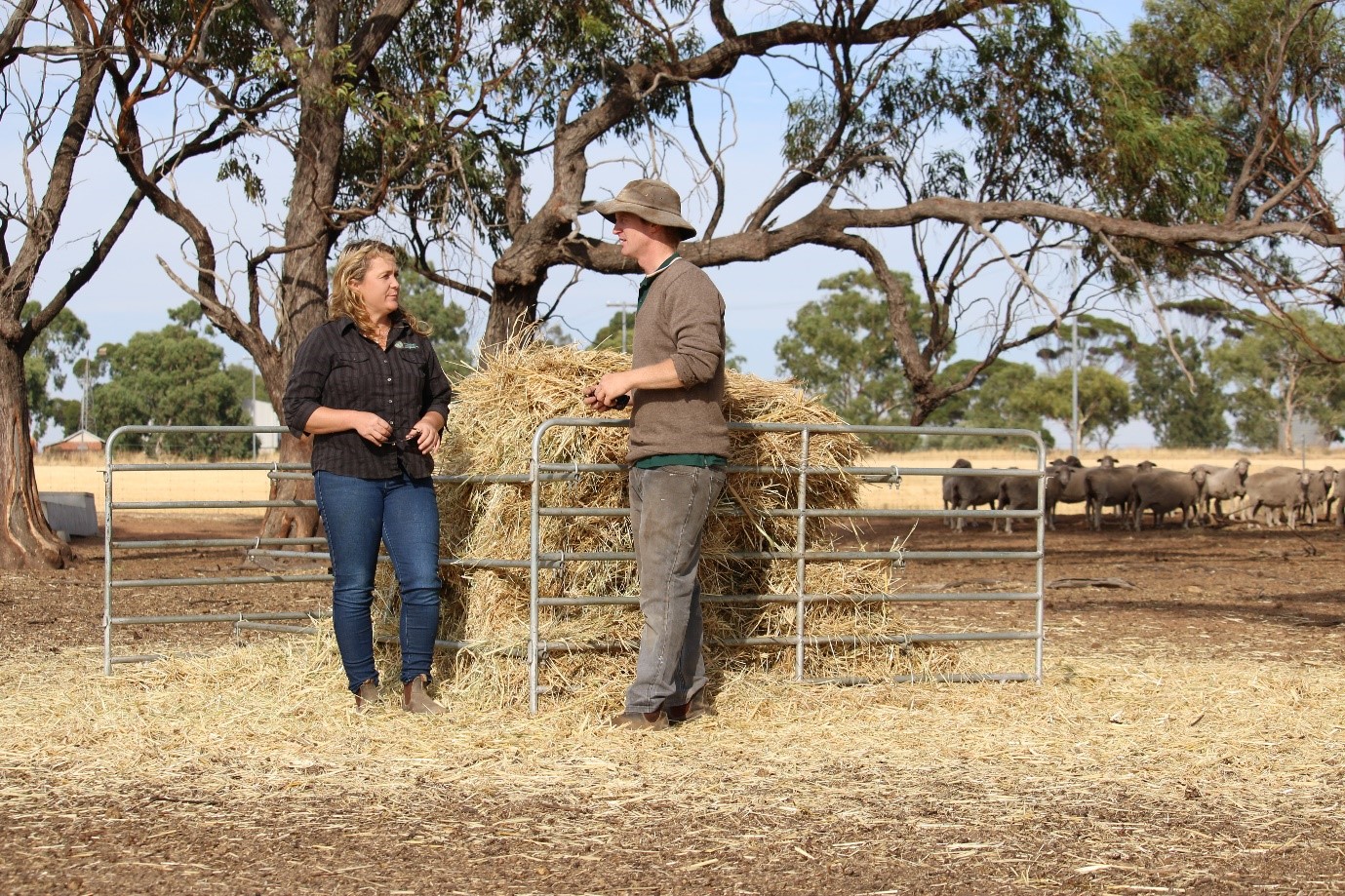For much of the 20th Century the WA Wheatbelt farming community was indeed riding on the Sheep’s back but when market drivers made livestock less profitable and demand for grain soared, many farmers sold up their flocks. Now meat and wool is making a comeback.
Wheatbelt NRM is working with farmers to take advantage of progress made in the industry to address one of the industry’s most pressing issues, how to feed stock over our dry, dusty summer months.
Wheatbelt NRM CEO Natarsha Woods says “We now have a range of native and exotic annual and perennial species suited to our soils and rainfall, but we don’t often see them implemented in a whole of farm approach. This project will show how the various options can carry farms over the summer period.”
Feed for livestock is not the only compelling reason for keeping soils covered over summer, ground cover reduces erosion and can assist with salinity and soil carbon.
Using demonstration sites the ‘Maximising Fodder Options in Mixed Farming Systems’ project will showcase how taking a holistic approach to a range of forage and pasture options can change the outcome on livestock production and soil health. Tools will be developed to assist growers to plan for diverse feed options that increase ground cover and are fit for purpose on different areas of the farm. The project is supported through funding from the Australian Government’s National Landcare Program.
Increased diversity in Agriculture is a strategic priority in the Wheatbelt NRM Strategy because diversity is a key component of resilience in any system.
Mixed farmers are encouraged to be part of this work.
Please contact Wheatbelt NRM Project Officer Bonny Dunlop-Heague to sign up to receive news and updates 0477 885 514 or email bdunlop@wheatbeltnrm.org.au


